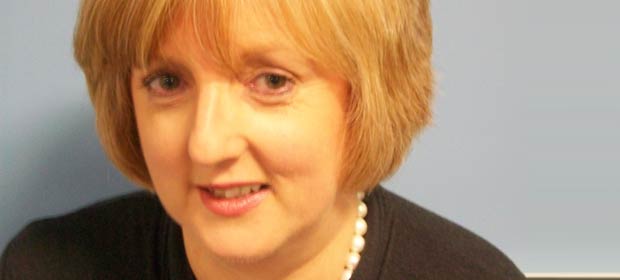Licensing of healthcare facilities on the basis of the new National Standards for Safer and Better Healthcare is due to be introduced in 2012, with HIQA as the licensing authority, Ms Hilary Coates told the HMI Forum.
Licensing of Irish healthcare facilities on the basis of the new National Standards for Safer and Better Healthcare is due to be introduced in 2012, with HIQA as the licensing authority, Ms Hilary Coates , Head of Operations, Safety and Learning with HIQA, told the November HMI Forum in Our Lady’s Children’s Hospital, Dublin. However, in advance of licensing, the Authority will begin monitoring against the Standards, once they are mandated, under current legislation.
She said the new national standards were in draft form and separately the Department of Health & Children is currently drafting legislation for licensing healthcare facilities on the basis of these standards.

A wide ranging consultation process had been concluded on the development of the standards. This consultation process was now complete, drafting was underway and a final draft document would be considered by the Board of HIQA. Once approved by the Board, the standards would be submitted – probably in the third quarter of next year – to the Minister for Health & Children for mandating.
Once mandated, the standards will be monitored by the Authority and, once new legislation is passed, will become an integral part of the licensing system which would apply to both the public and private sectors. Under current legislation HIQA’s remit for inspecting services only extended to HSE services and services commissioned by the HSE.
The introduction of national standards of quality and safety, and the introduction of a statutory healthcare licensing system that would apply to both publicly and privately funded healthcare providers, had been proposed by the Commission on Patient Safety and Quality Assurance.
The Department of Health & Children is currently drafting legislation for licensing healthcare facilities
Ms. Coates said that there were a number of attributes for a safe, high quality healthcare system, which had to focus on the needs and wishes of service users. It required effective governance, leadership and decision making, should strive for clinical excellence and have the ability to change in terms of planning, resources and monitoring. It was important to use timely and valid information to drive performance and that records should be available to enable people to learn from good and adverse events. This involved meeting standards which would be applied equitably across all the services.
The new National Standards for Safer Healthcare were developed through a lengthy process. This included a review of international and national evidence, consultation with other national and international regulatory organisations, engagement with key stakeholders, advice from the Standards Advisory Group, engagement with the public through a national representative public poll, the development of a conceptual framework and national consultation.
The standards were not ‘HIQA standards’ but national standards which had been drawn up by HIQA according to its statutory remit following these consultations with and submissions from hundreds of stakeholders including the public who had been consulted through a Red C poll.
She stressed that while this consultation process was complete, HIQA was still interested in hearing from people who had views on them and she appealed to any of those present who had points of view to contact HIQA.
Ms. Coates said that standards were necessary to promote reliability and consistency, to give service users and providers a shared view of what goes to make a good service, to enable service providers to set direction and be accountable for improving care for service users, to encourage practices that are based on good evidence, to create a long term basis for continuous improvements in services to patients, to give leverage to other patient safety and quality improvement initiatives and to drive effective use of resources.
The standards were not ‘HIQA standards’ but national standards
She said each standard consisted of five elements
- A standard statement which describes the high level outcome required to contribute to quality and safety
- Criteria that, taken together, will enable progress towards achieving the standards
- An explanation of why the standard and criteria are important for service users and service providers
- Guidance for service users on what each standard will mean for them
- Illustrative examples of steps service provider may take toward meeting the standards.
Ms. Coates said that since everybody wanted quality and safety in healthcare, it is legitimate to ask why we needed regulators. We needed regulators because, when effective, regulation could drive improvement and make the healthcare environment a safer place by independently challenging service providers to implement good practices.
It was very important for a healthcare regulator to be independent. HIQA reported to the Minister, it was not part of the HSE, it published standards, monitored compliance and regularly published reports on its findings.
HIQA’s work was completely transparent. Its approach was based on monitoring redefined standards, information gathering and triangulation – its findings were not based on a single source of information.
Taking the symptomatic breast disease regulatory approach as an example of how HIQA worked and would work, she said it had been carried out in the following way – a self assessment tool based on the standards, validation visits focussed on robustness of data behind self assessment, tailored and generic feedback to centres setting out key areas for attention and a clear deadline set for final full assessment against standards.
In considering HIQA’s approach she said it was important to remember that they would be asking healthcare facilities to have mechanisms to monitor their own compliance against agreed standards and guidelines.

